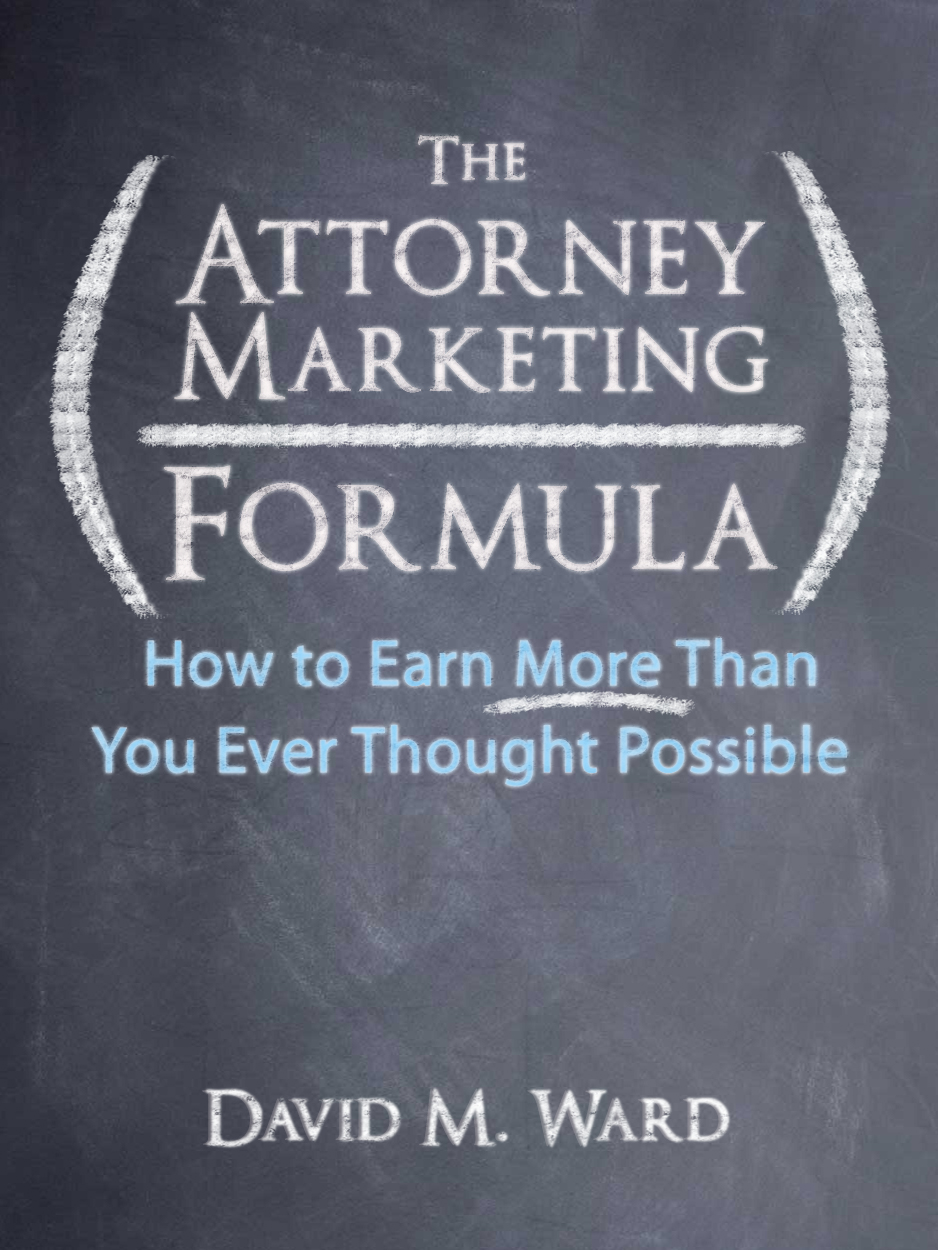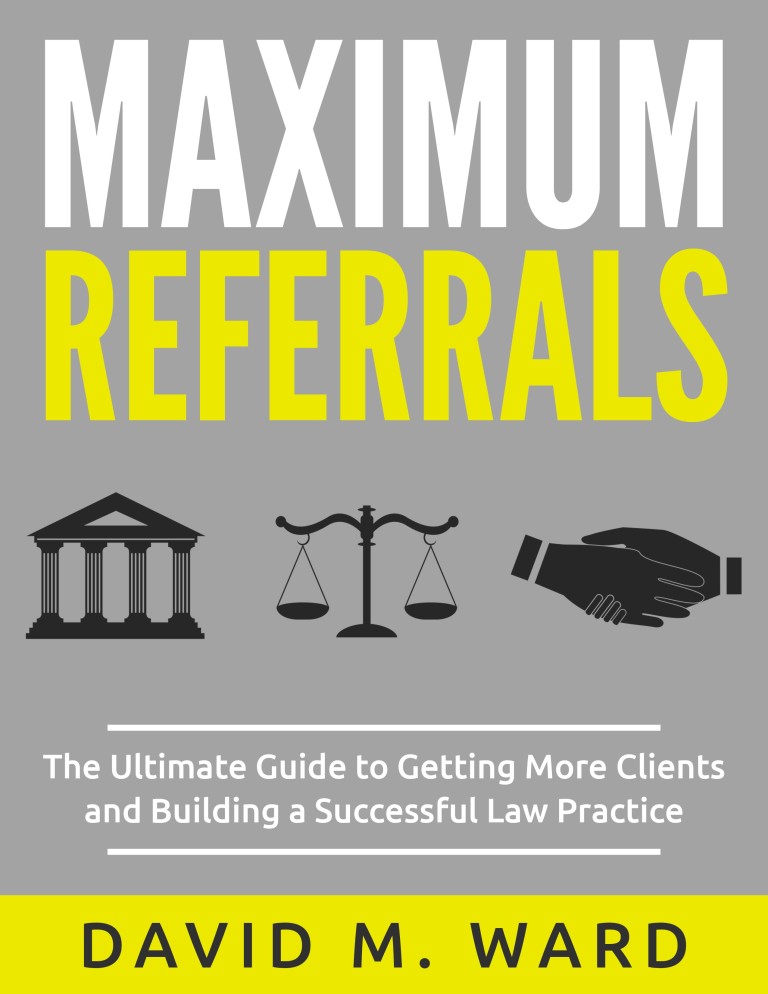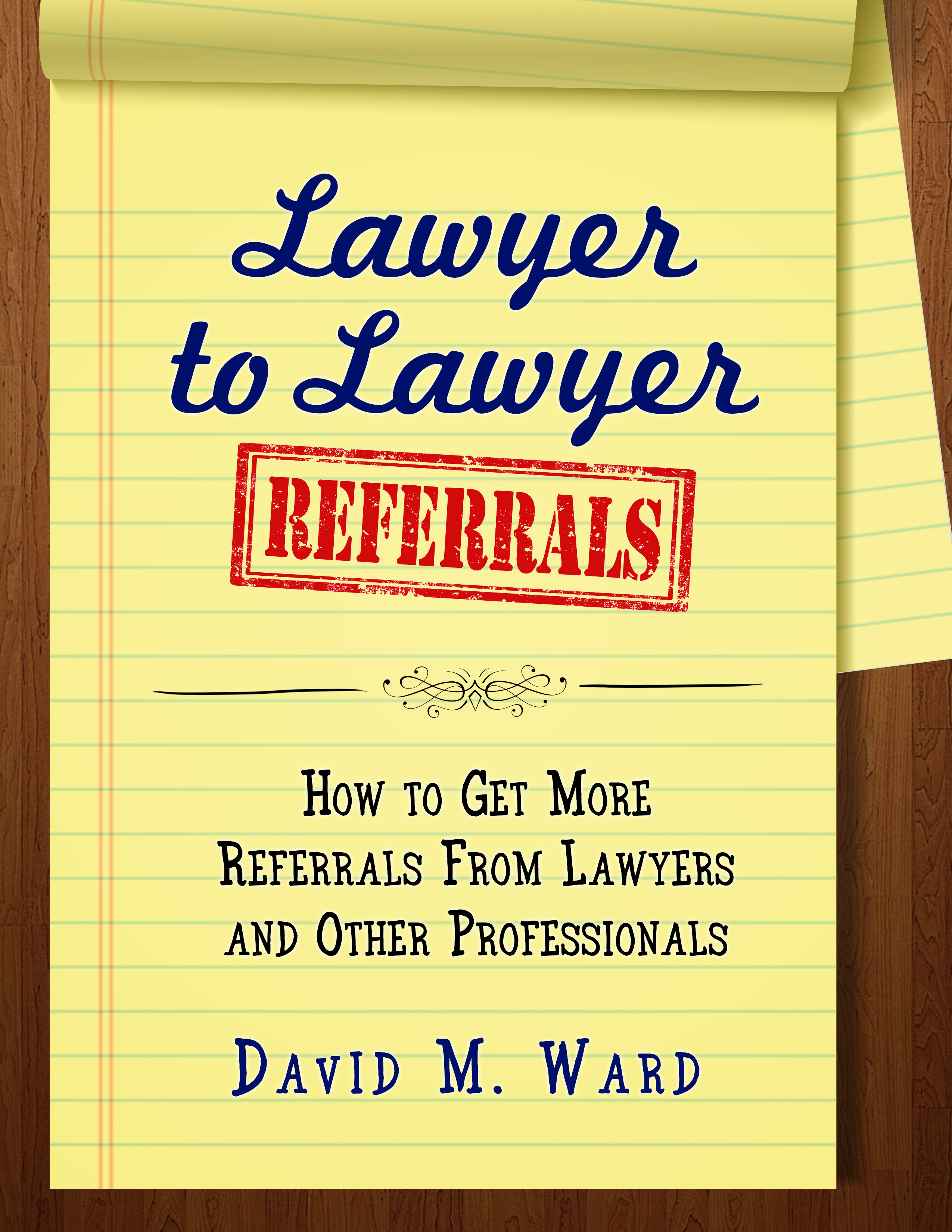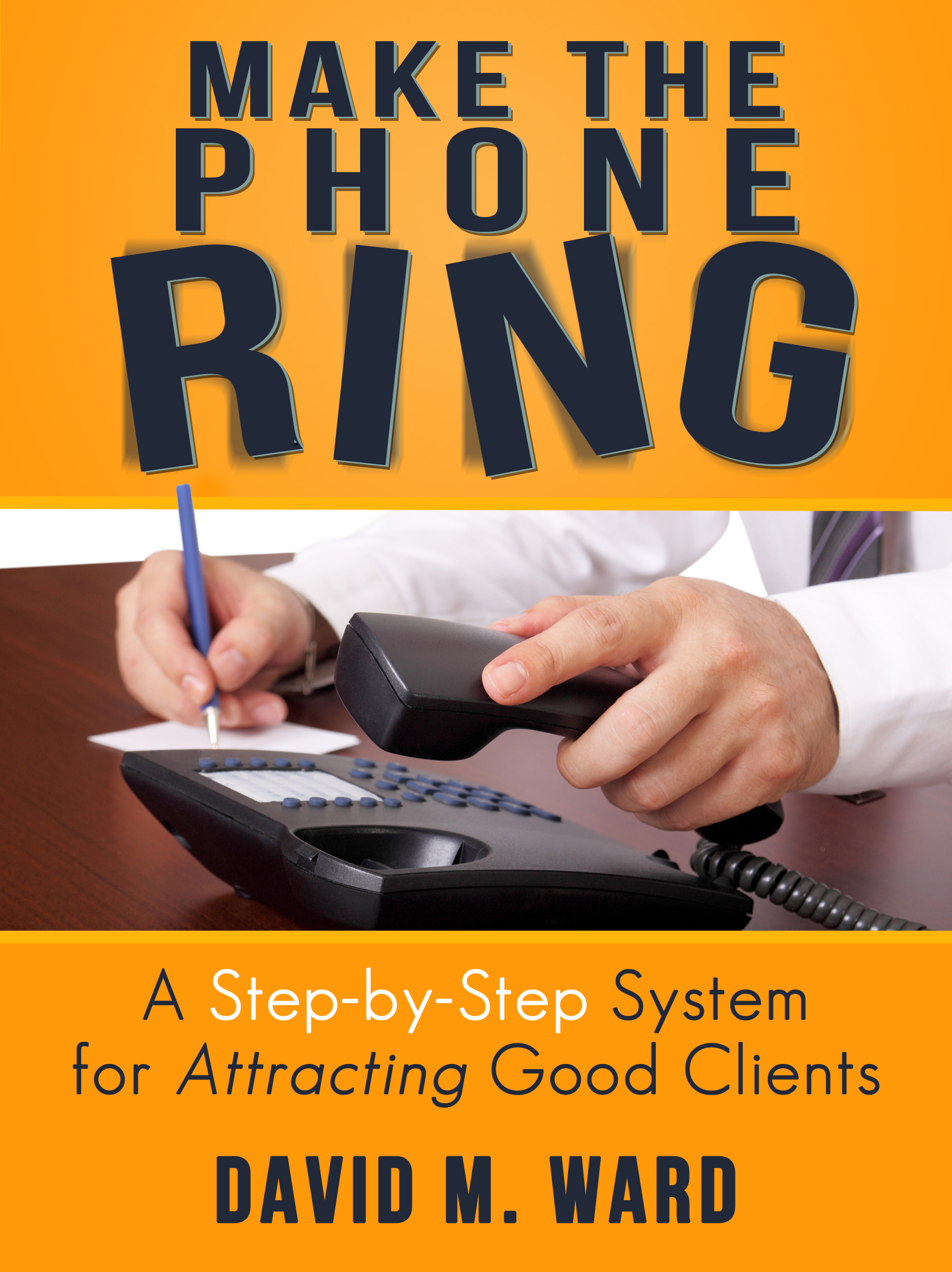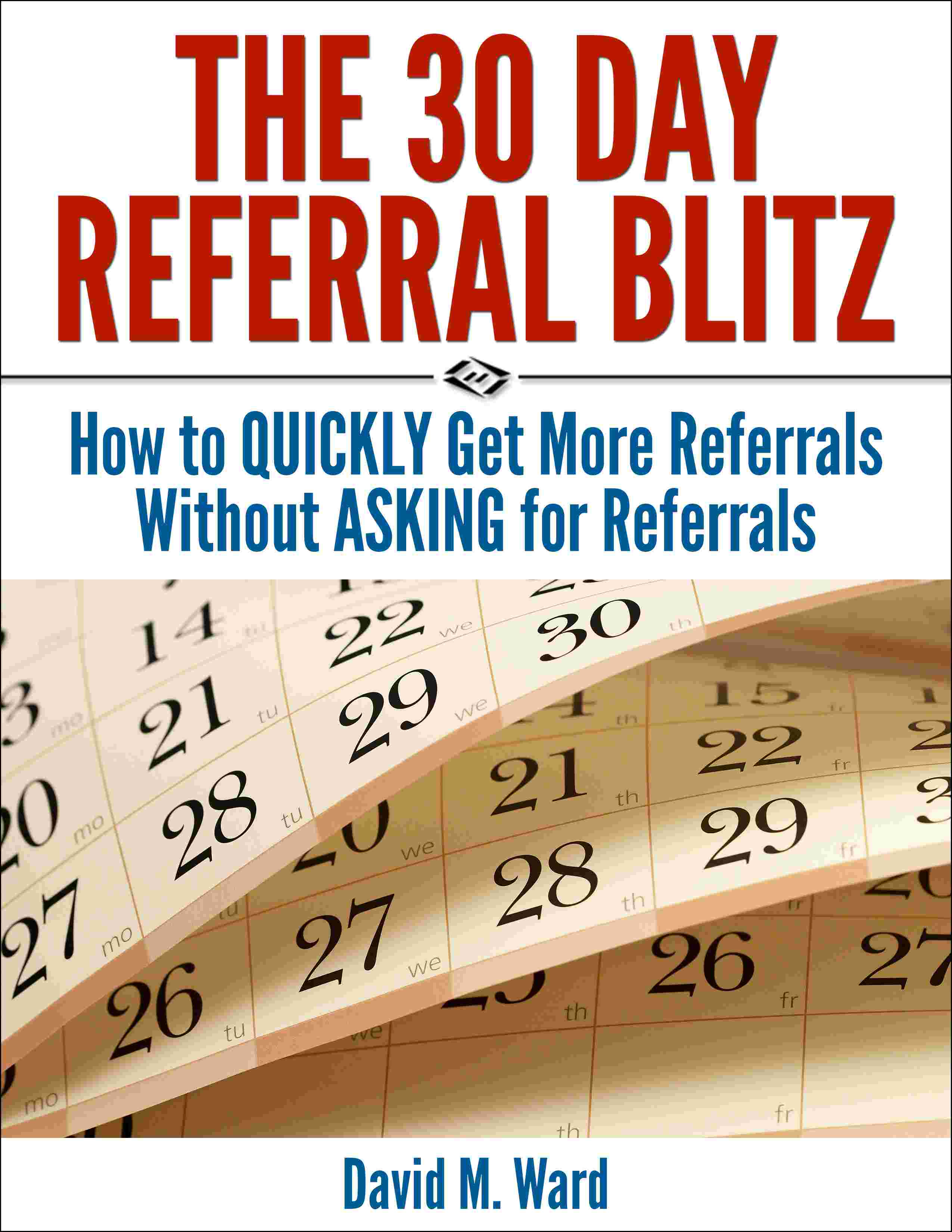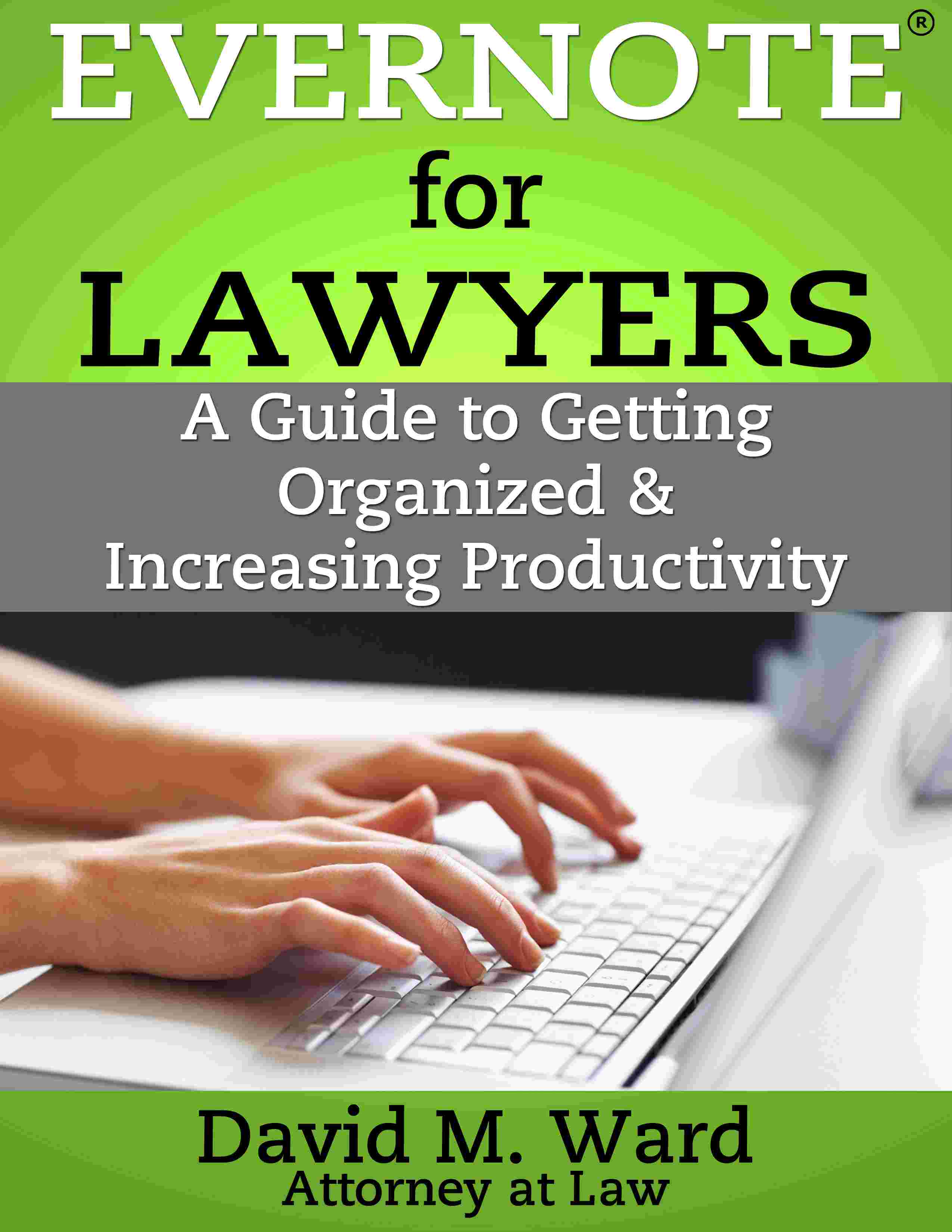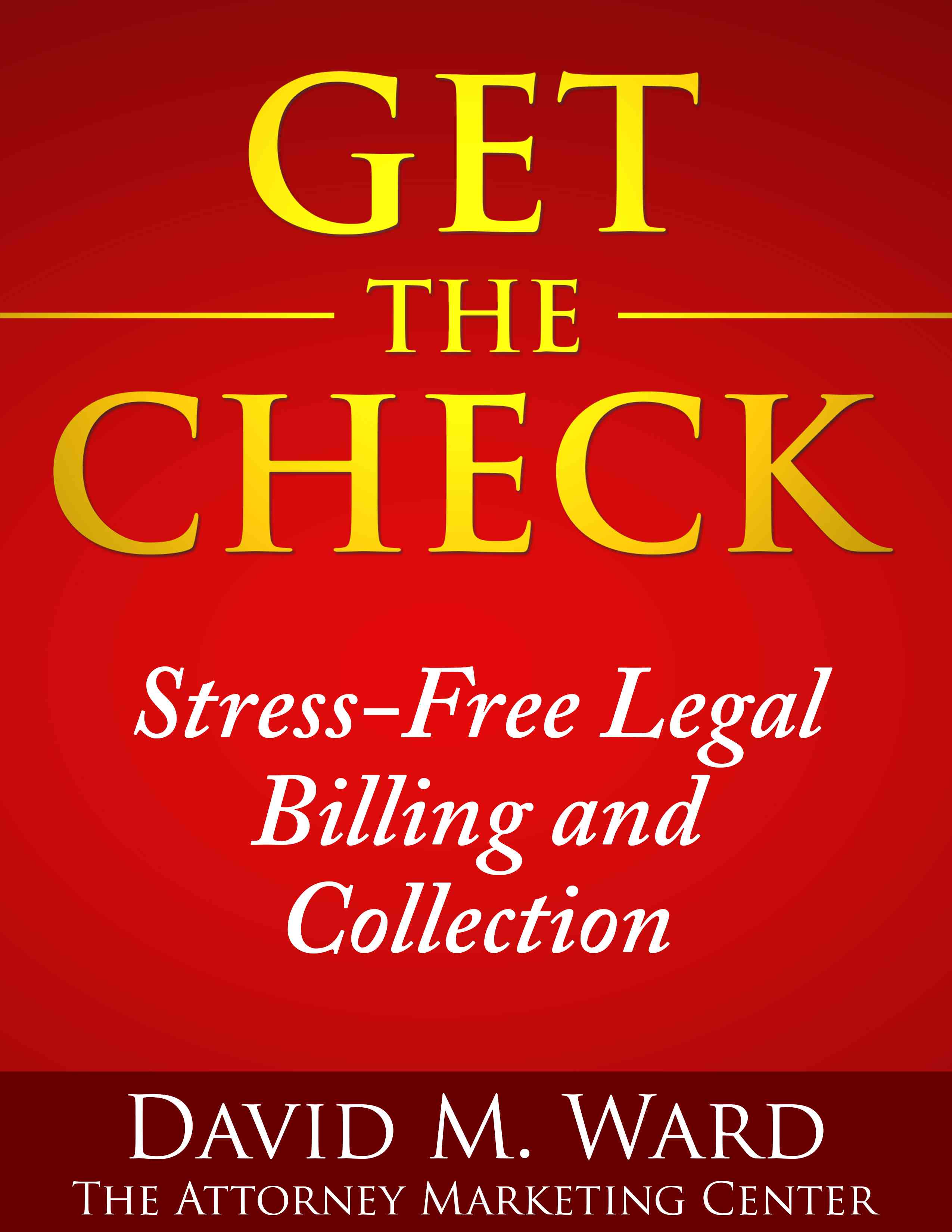Somethings wrong. You’re working hard but spinning your wheels. You’re stressed out and you don’t know what you’re doing wrong.
Am I incompetent? An imposter? A fool?
Maybe. But probably not. That’s probably your frustration, overwhelm, and disillusionment talking.
More likely, you’re simply trying to do too much.
I’ve been there. Early in my practice. Ready to pull my hair out because I was working hard but not making any money.
I hadn’t heard about The Pareto Principle–the 80/20 rule–and the power of doing less to accomplish more.
But something told me I had to start taking things off my plate, and I did.
I eliminated or delegated things that weren’t working (or that I hated), no matter how “promising” they seemed or how much I wanted them to work, and freed up time and mental energy to do the few things that were actually working.
The “20% activities that produce 80% of your results”.
What happened? Besides being scared to death that I was cutting out too much and doing too little, my income went up.
Because I was focusing on (and getting good at) a few things, instead of trying to do “everything”.
I was earning more and working less.
One of the things I focused on was marketing. Ah, but not all kinds of marketing. I focused on a few strategies. One of these was learning how to bring in more referrals.
You can learn how to do that, here

